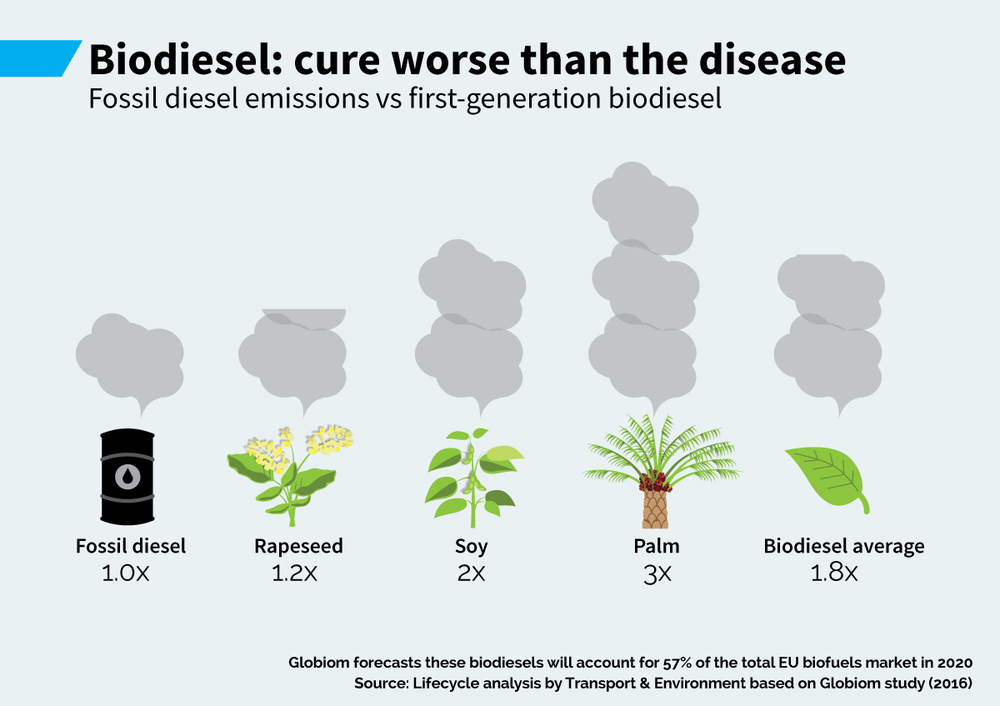Sustainable Palm oil: fact or fiction
For the last few years I’ve seen debates about the palm oil industry and its harmful effects on wildlife, but never really knew what to make of it. There are so many factors to consider when looking at the sustainability of a farming practice—the health of the land/environment, the ability of the crop to feed as many people as possible, the cost effectiveness of the crop, and its implications on the wildlife in the region.
Up until recently I was only considering the impact on wildlife and although that is a major concern for me, the other factors cannot be overlooked when deciding to avoid or protest a product. Many people have told me that there is no way to actually farm oil palm in a sustainable manner, while others have told me that the farming practice is not as bad as it seems.
This led me to start doing my own research into this complex conservation concern to understand how I can change my consumer habits to support sustainability.
So, let’s break it down.
Why Does It Matter?
The oil palm (for clarity: oil palm is the name of the plant, palm oil is the product that comes from it) is being mass planted in regions around the equator. The crop originated in west Africa and was brought to Malaysia because of the similar climate and ample space for growing. The plantations in Malaysia are rapidly growing due to an increasing demand for the oil all over the world.
Demand is increasing due to the high oil yield and cost efficiency of the crop; however, much of this farming is destroying the natural Malaysian landscape and putting many species at higher risk of extinction. Some farms utilize slash and burn techniques in order to clear land to plant oil palm, responsible for the death of animals such as orangutans who live in these fading forests.
Source: IUCN
Products
Palm oil is used in a lot of different kinds of products, including processed foods, beauty products, cleaning products and pet foods. It is often used in makeup, due to its ability to hold color and withstand high temperatures (often called “elaeis guineensis” in cosmetics), and commonly found in moisturizers, soap, shampoo and conditioners because of its ability to remove dirt.
Palm oil is also regularly found in “healthy” snacks and packaged vegan foods. Additionally, with the push to be more environmentally conscious, there is a desire to use more biofuels for energy rather than fossil fuels, but I’m not convinced that that’s the answer. The use of biofuel may actually be worse for the environment than fossil diesel emissions as palm oil generates 3x the amount of harmful emissions compared to fossil diesel.
On average, biofuels produce 1.8x more emissions than fossil fuels while also introducing issues such as deforestation, loss of habitat and habitat fragmentation to grow these natural fuel sources. With an increase in large farms comes a decrease in natural habitat for wildlife, effectively destroying all biodiversity in these regions.
Emissions from a variety of biofuels in comparison to fossil diesel.
Source: Transport and Environment
No Palm Oil Production Is Not The Answer
Large plots of oil palm can serve as a carbon sink—meaning that the dry plant matter absorbs greenhouse gases. In the case of the oil palm, it absorbs almost 10x the amount of carbon dioxide compared to soybean and releases about 11x the amount of oxygen back into the environment as soybean.
This makes for a very positive impact on the climate and a reduction in greenhouse gases. Besides climate related benefits, the palm oil industry provides over 500,000 jobs in Malaysia to over 300,000 small farmers. This is a huge source of employment in Malaysia and positively impacts their economy because of the export of palm oil primarily to the EU and US. Additionally, palm oil is inexpensive and because of that has the potential to be an ideal source of nutrition for a large population worldwide.
What’s Being Done?
RSPO label you’ll find on certified products; Source: RSPO
There is very little regulation when it comes to oil palm farming methods and the impact farmers are having on the environment. With minimal policy around the protection of wildlife from harsh slash and burn deforestation, The Roundtable on Sustainable Palm Oil (RSPO) was established to provide guidelines for sustainable farming methods.
Unfortunately, there is very little that can be done to enforce sustainable farming. Many producers will use deforestation and logging to make profit to start their own oil palm farm, with this method trending, banks have decided to intervene. Many banks providing loans to farmers are not supporting operations that are utilizing harmful deforestation methods and are offering larger loans to kickstart producers who are not relying on the income from logging.
However, there is not much that is being done by policy makers to enforce sustainability or ban the destruction of the land and wildlife in Malaysia. This is why consumer behavior is critical in changing the trend in oil palm farming. Since RSPO certification and farming for sustainability is a choice that farmers are making to conserve as much as possible, consumers need to pay attention to the certifications on the food that they are purchasing.
By only buying RSPO certified palm oil products, these are the business models that will thrive, driving unsustainable practices to consider altering their farming practice. Look for the RSPO certification on the back of your food, beauty and cleaning products to make sure you’re supporting ethical farming practices! By supporting conscious farming, species can be conserved while still benefitting from palm oil cultivation.



